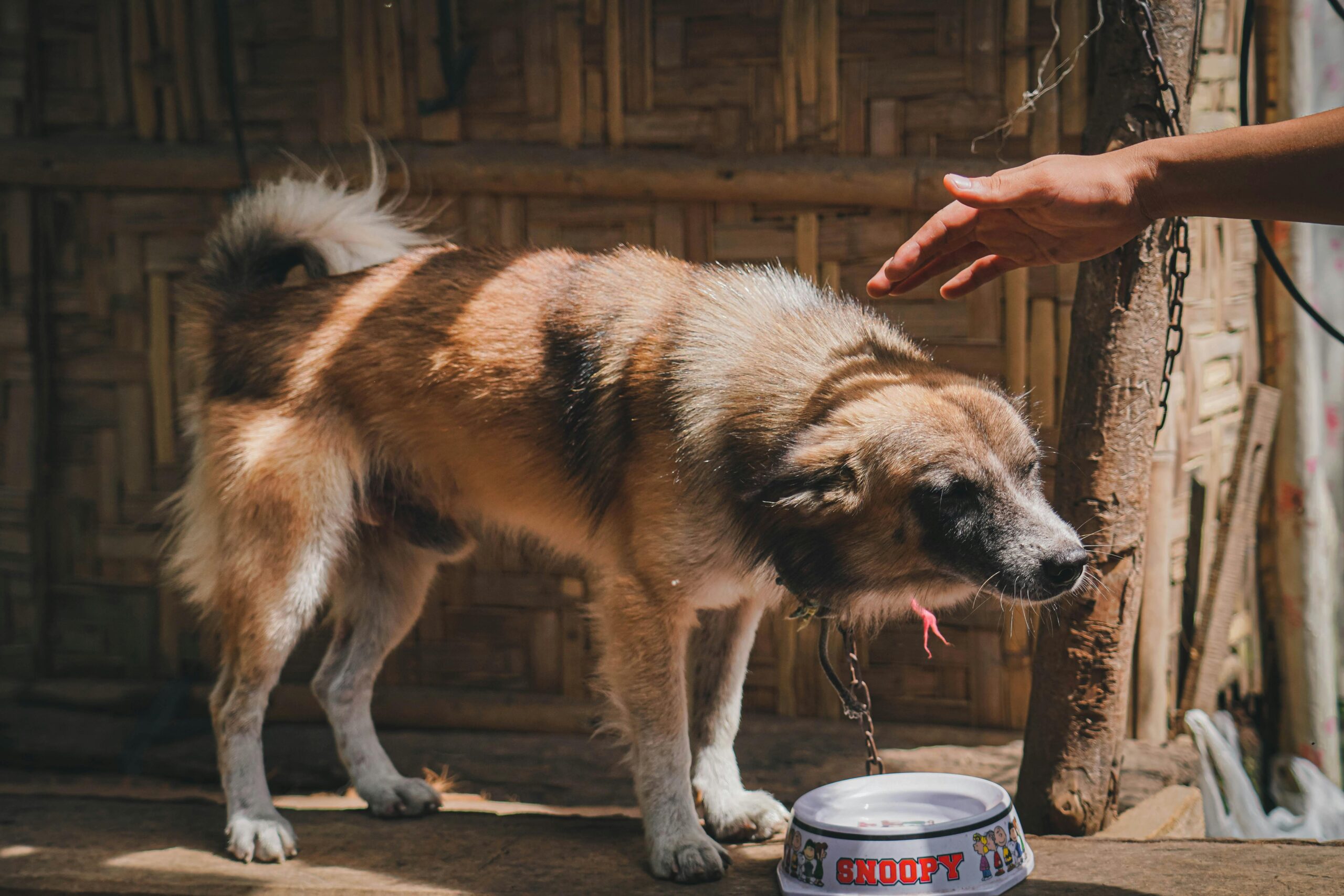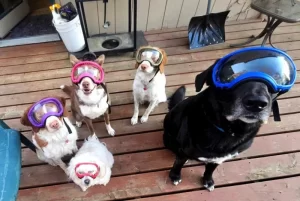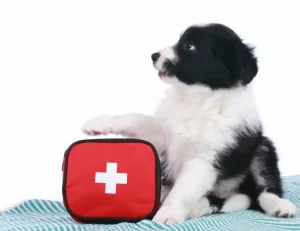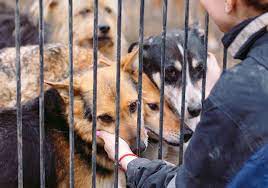Table of Contents
ToggleWarning Signs of Dehydration in Dogs and How to Prevent It
Do you know how to spot when your furry companion might be dehydrated? Dehydration in dogs isn’t just uncomfortable—it’s dangerous. Much like in humans, water is vital for your dog’s health, regulating everything from body temperature to organ function. It’s essential to catch dehydration early to keep your pet safe and healthy.
Let’s break down the red flags, why they happen, and what you can do to prevent dehydration in your dog.
Signs Your Dog Might Be Dehydrated
Dogs can’t always tell us how they’re feeling, so observation becomes key. Here are the most common warning signs of dehydration:
1. Loss of Skin Elasticity
This is one of the quickest ways to check for dehydration. Gently pull up the skin at the back of your dog’s neck. In a well-hydrated pup, the skin snaps back quickly. If it’s slow to return, this could be a sign of dehydration.
2. Dry or Sticky Gums
Healthy gums are typically moist and smooth. If your dog’s gums feel tacky, or you notice less saliva production, dehydration might be the culprit.
3. Sunken Eyes
Dehydration can cause the eyes to appear dull or even sunken. If your dog’s bright eyes look unusually tired, it’s time to investigate.
4. Lethargy and Weakness
Dogs, by nature, are active and playful. Persistent fatigue or weakness could indicate that their body is low on fluids.
For a more detailed breakdown of these symptoms, this guide from the American Kennel Club offers valuable insights.
Why Dogs Get Dehydrated
Dehydration can happen for various reasons. Knowing the underlying cause is crucial to managing the condition and preventing it in the future.
- Hot Weather: Dogs can’t sweat like humans; they regulate body heat by panting. Sweltering days increase their risk of losing fluids.
- Illness: Vomiting, diarrhea, or fever can quickly deplete your dog’s hydration levels.
- Lack of Access to Water: Whether due to oversight or limited access, a dog can get dehydrated if they don’t drink enough water throughout the day.
It’s important to note that certain health conditions, like kidney disease or diabetes, can also increase the likelihood of dehydration.
In severe cases, conditions like parvovirus can cause dehydration, especially in puppies. Learn more about health risks from this insightful read: Dog Vaccines: What You Need to Know.
How to Test for Dehydration at Home
There’s good news—you don’t always need specialized tools to check for dehydration. Here are two easy at-home tests:
- Skin Turgor Test: We covered this earlier; the “skin snap test” is quick and effective.
- Capillary Refill Time: Press your finger against your dog’s gum until the spot turns white. Remove your finger and watch how quickly it turns pink again. Longer than two seconds? Your dog may be dehydrated.
Details about additional dehydration tests and signs are compiled in this article by PetMD—which can be an excellent resource when you’re in doubt.
Simple Ways to Prevent Dehydration in Dogs
Prevention is always better than cure. Taking a proactive approach will give your dog the hydration they need, every day.
Provide Easy Access to Clean Water
This might seem obvious, but dogs need constant access to clean, cool water. If you’re outside for an extended time, bring a portable water bowl.
Watch Their Activity Levels
On hot days, try limiting their activities during peak sun hours. Early morning or evening walks are much safer!
Use Hydration Boosters for Sick Dogs
When your dog is ill, replenishing lost fluids is critical. Try adding a bit of low-sodium chicken broth to their water to encourage drinking. Pedialyte (in moderate amounts) can also help with electrolyte balance.
Always Check Hydration Post-Exercise
After a vigorous play session, monitor your dog’s energy levels and offer fresh water immediately.
Invest in a Dog Water Fountain
Some dogs dislike stagnant bowls. A water fountain can pique their curiosity while keeping the water flowing and fresh.
For situations where severe dehydration occurs, ready yourself with knowledge on emergency hydration techniques at this Veterinary Emergency Group post.
When to Visit the Vet
Sometimes, dehydration needs more than at-home care. If your dog refuses to drink or shows worrying symptoms—like vomiting, confusion, or collapse—it’s time to head to the vet. They can administer fluids intravenously to rehydrate your pet quickly and safely.
Critical conditions like organ failure can develop from prolonged dehydration. Spotting trouble signs early, like sunken eyes or sudden lethargy, can make all the difference in your dog’s recovery. More about signs and severe cases can be found at Vets Now’s detailed page.
Conclusion
Dehydration isn’t something to leave to chance. From sluggishness to sticky gums, the signs are there if you know where to look. Remember, water isn’t just a drink to your dog—it’s their lifeline. With good habits and close observation, you can protect your loyal companion from this silent but serious threat.
Hydration should be as much a part of their routine as cuddles, walks, and treats. Stay vigilant, and give your dog the care they deserve!
































